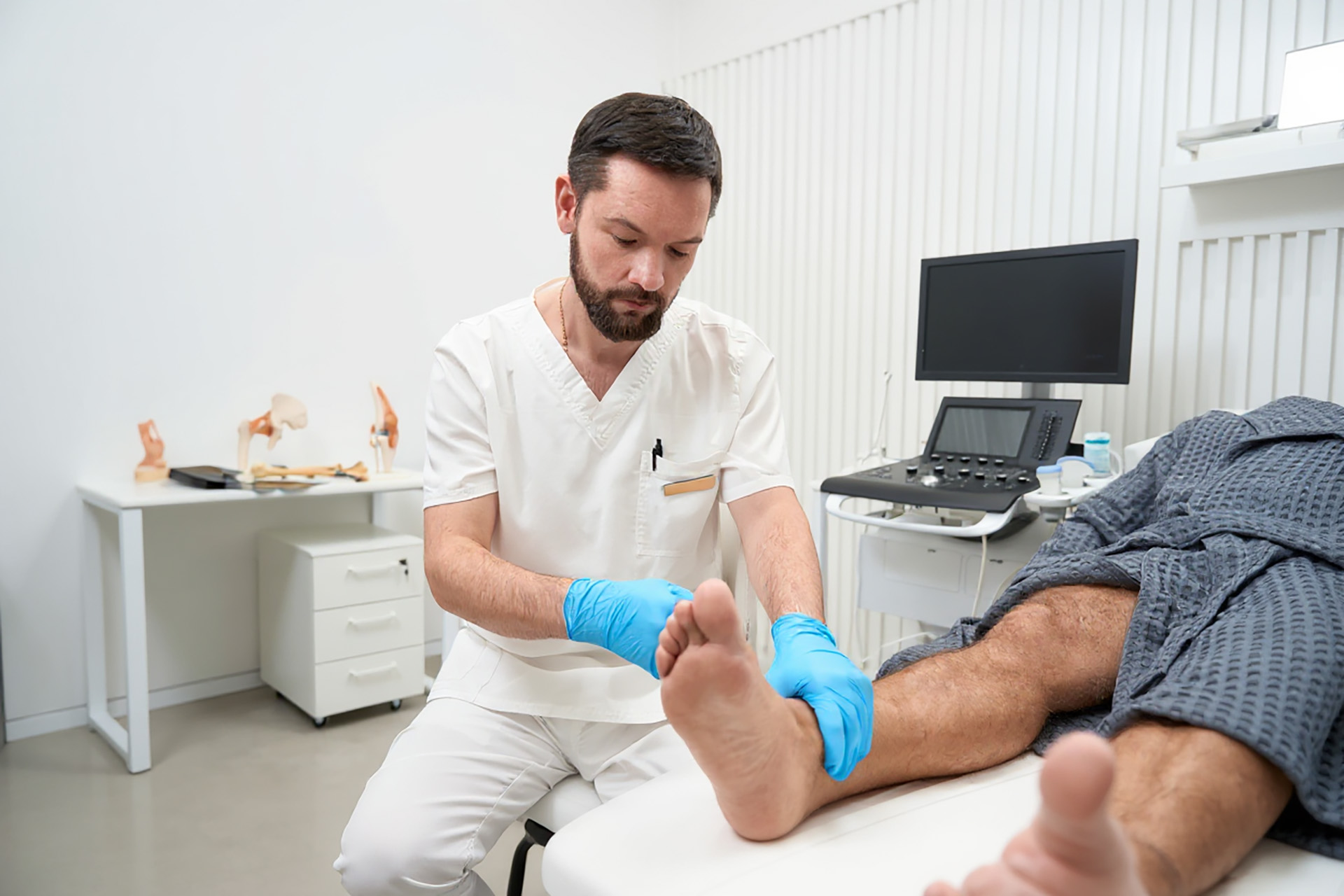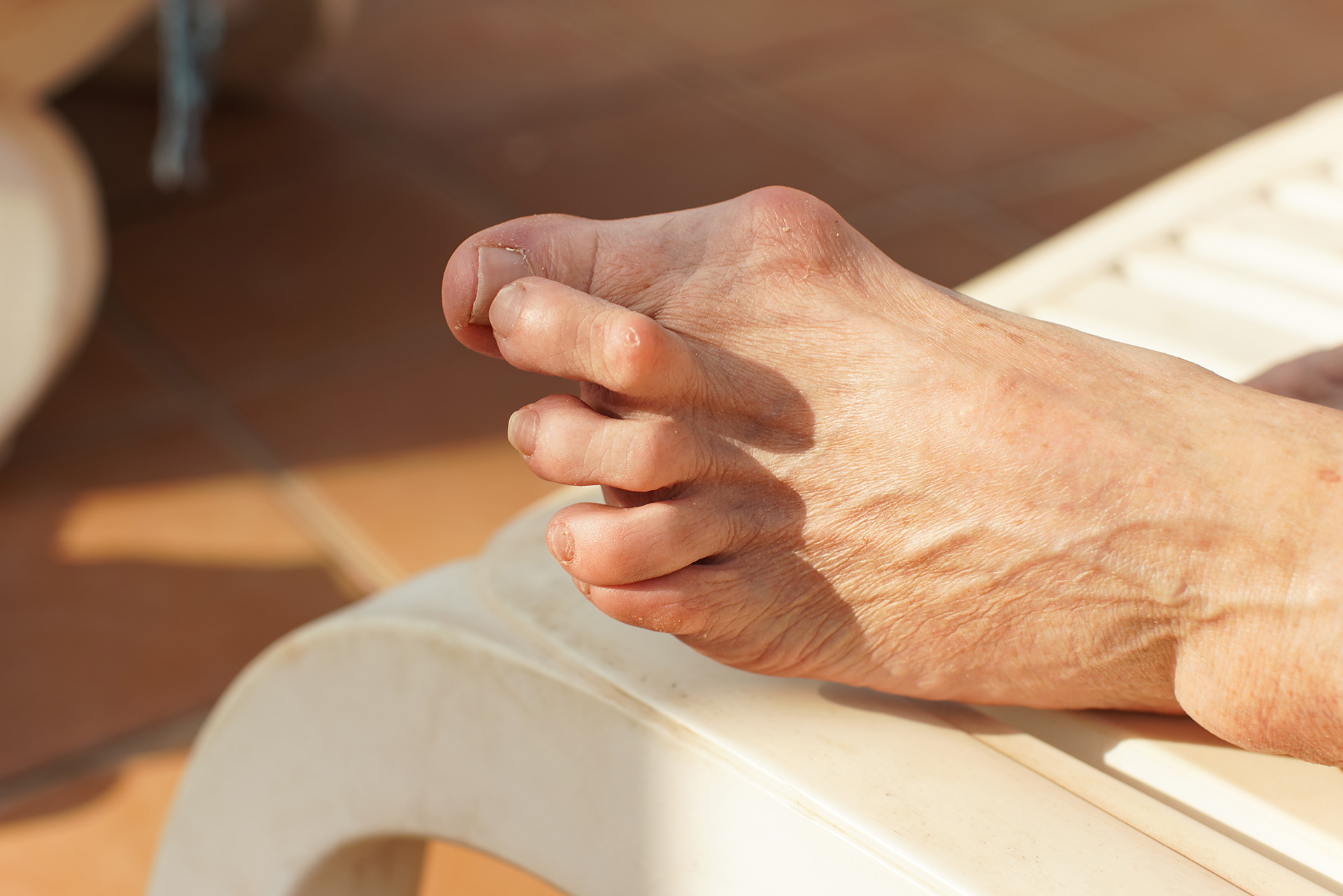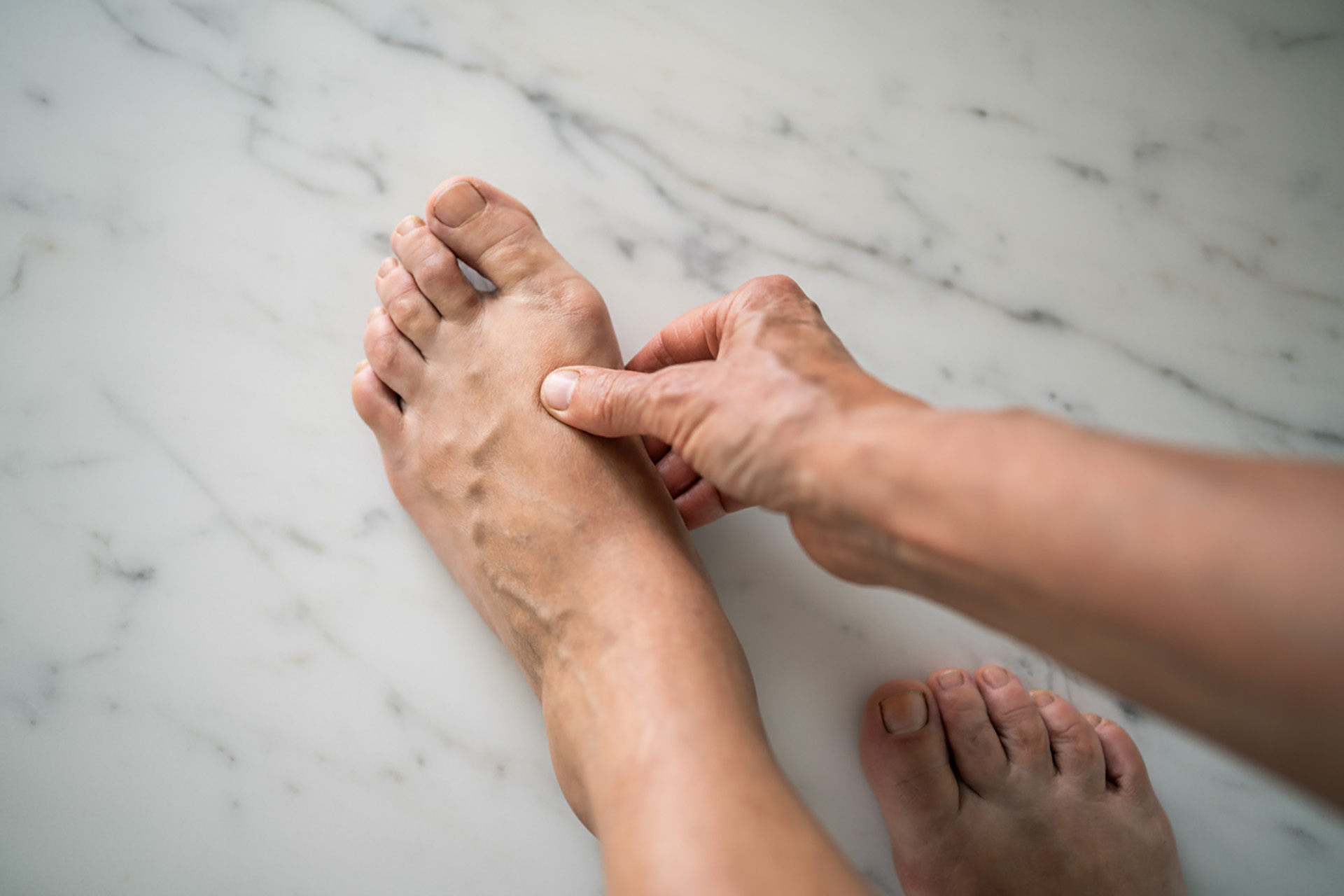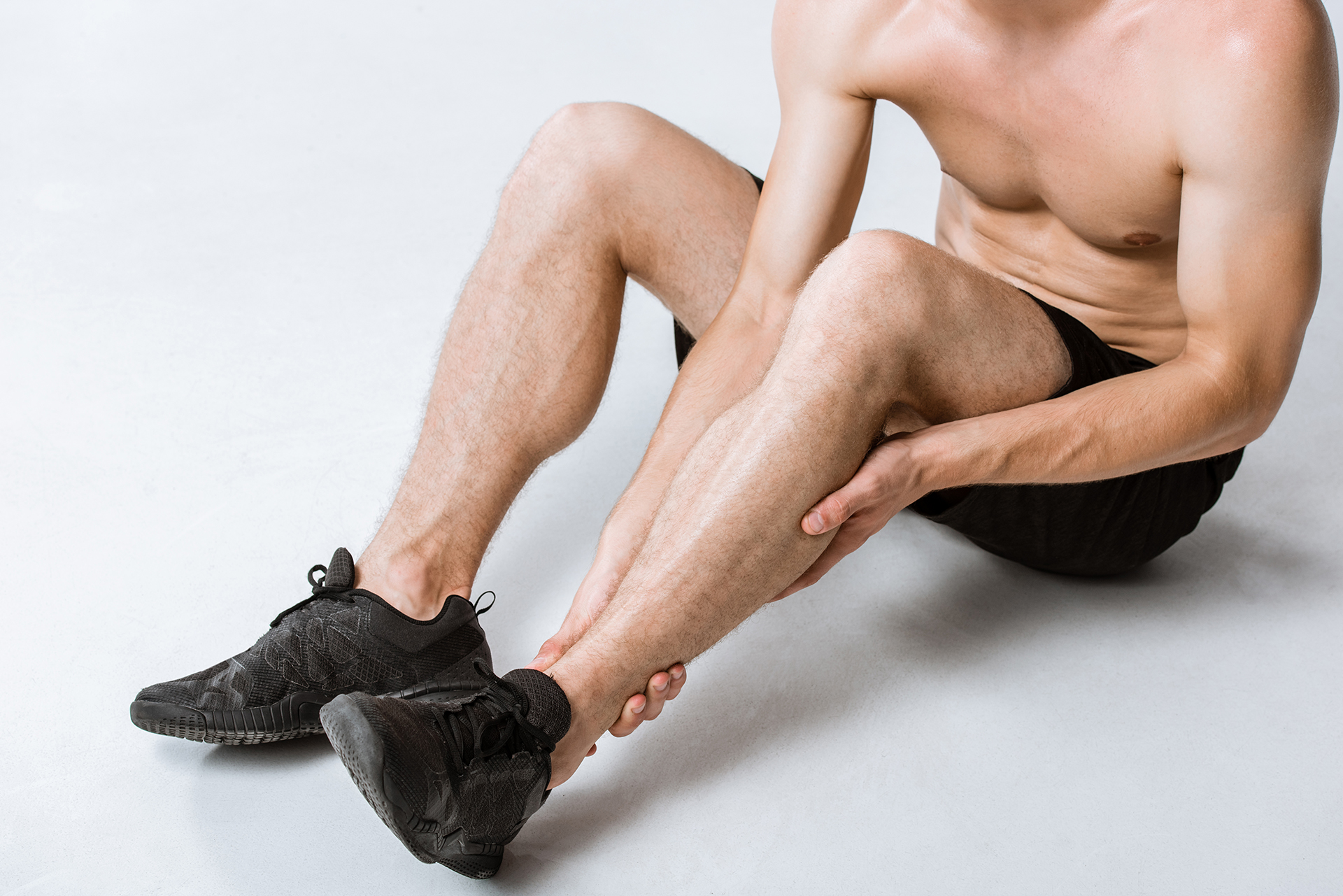Introduction to Fungal Nail Infections
Fungal nail infections, known as onychomycosis, affect millions worldwide. These infections occur when fungal organisms, such as dermatophytes, get under the nail and cause it to become thick, discoloured, and brittle. The infected nails then become painful and unsightly.
Dermatophytes love warm, moist environments, so good foot hygiene is key. To prevent fungal nail infections, keep your feet clean and dry, wear clean socks, and don’t share nail clippers or personal care items. These simple things can reduce the risk of a fungal nail infection.
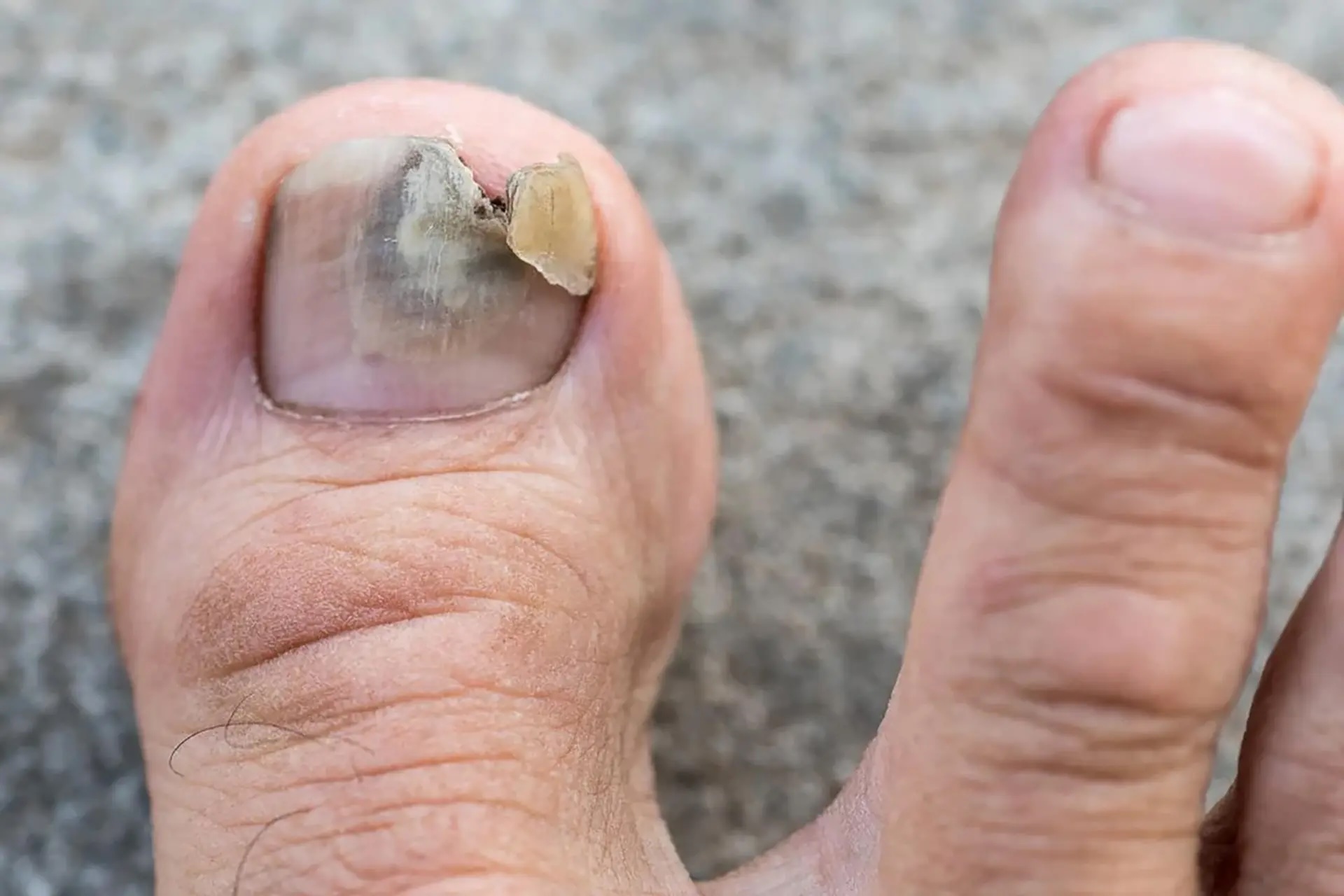
Restoring Nail Health
Nail fungus infections are stubborn, unsightly and difficult to clear without proper management. These infections – medically known as onychomycosis – can develop gradually, starting with slight discolouration or thickening of the nail before advancing to more severe changes. Toenail infections are more complex and may require longer treatment.
Over-the-counter remedies promise results, but many don’t address the underlying causes or offer long-term results.
At The Foot Practice, we take onychomycosis seriously. Our goal is to improve the appearance of your nails and restore their health and integrity through expert podiatric care.
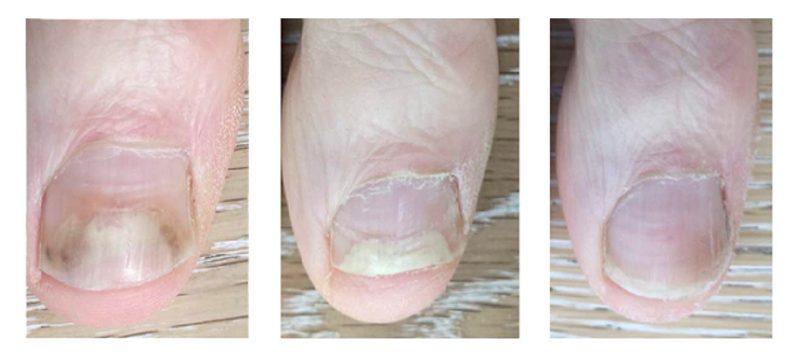
What Causes Fungal Nail Infections?
Understanding what causes fungal nail infections is the first step to managing them. These infections occur when fungal organisms, such as dermatophytes, yeasts or moulds, get under the nail through microscopic cracks in the nail plate or surrounding skin. Warm, constantly warm, moist environments – like sweaty socks, enclosed footwear or locker rooms – create the perfect conditions for the fungi to thrive.
Several risk factors increase susceptibility, including compromised immunity, diabetes, athlete’s foot or reduced blood circulation in the lower limbs. Footwear that doesn’t breathe or minor trauma to the nail (such as repetitive jamming in shoes) can also open the door to fungal infection under the nail. People with hot and sweaty feet are particularly at risk. Once established, the infection is difficult to treat as the nail plate is a physical barrier shielding the fungus from superficial fungal nail infection treatments.
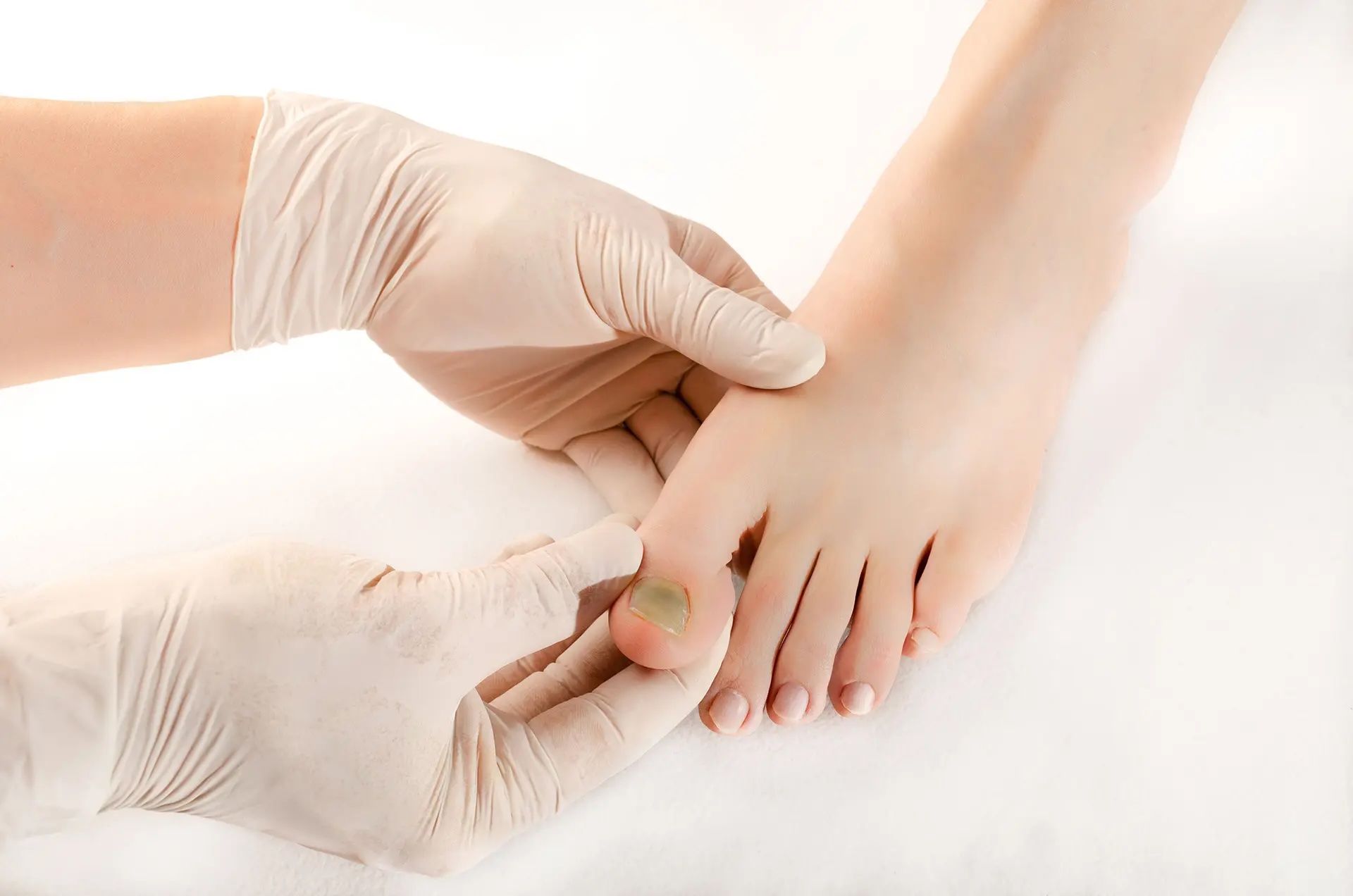
Identifying the Signs: Don’t Ignore the Subtle Changes
In the early stages, a fungal nail infection may appear as a yellow or white spot under the tip of the nail. As it progresses, the whole nail may thicken, become brittle, or distort in shape. Some patients report mild discomfort or find that their nail separates from the nail bed. Because the symptoms can mimic other conditions, such as psoriasis or trauma, it’s important to see a podiatrist for an accurate diagnosis and a personalised onychomycosis management plan. A physical examination is crucial in diagnosing onychomycosis as it improves the speed and accuracy of the diagnosis.
At The Foot Practice, our assessments include a close visual and tactile examination, occasionally with diagnostic testing if necessary, to determine the exact type and extent of the infection.
Why Over-the-Counter Remedies Often Fail
Many people try to self-treat fungal infections with pharmacy products or home remedies, only to find their condition worsens or persists. That’s because most topical applications can’t penetrate the thickened nail plate deep enough to reach the deeper layers of the infected nail bed beneath. In some cases, patients are prescribed oral antifungals that come with side effects and liver monitoring requirements. Antifungal tablets are often recommended when over-the-counter fungal nail infection treatments fail, but they require medical evaluation and testing due to the side effects.
This is where professional podiatry comes in. At The Foot Practice, we offer a comprehensive, layered approach – combining targeted topical therapies like Suanfix Spirulina nail fungal infection cream with precise nail preparation and tailored foot care protocols.
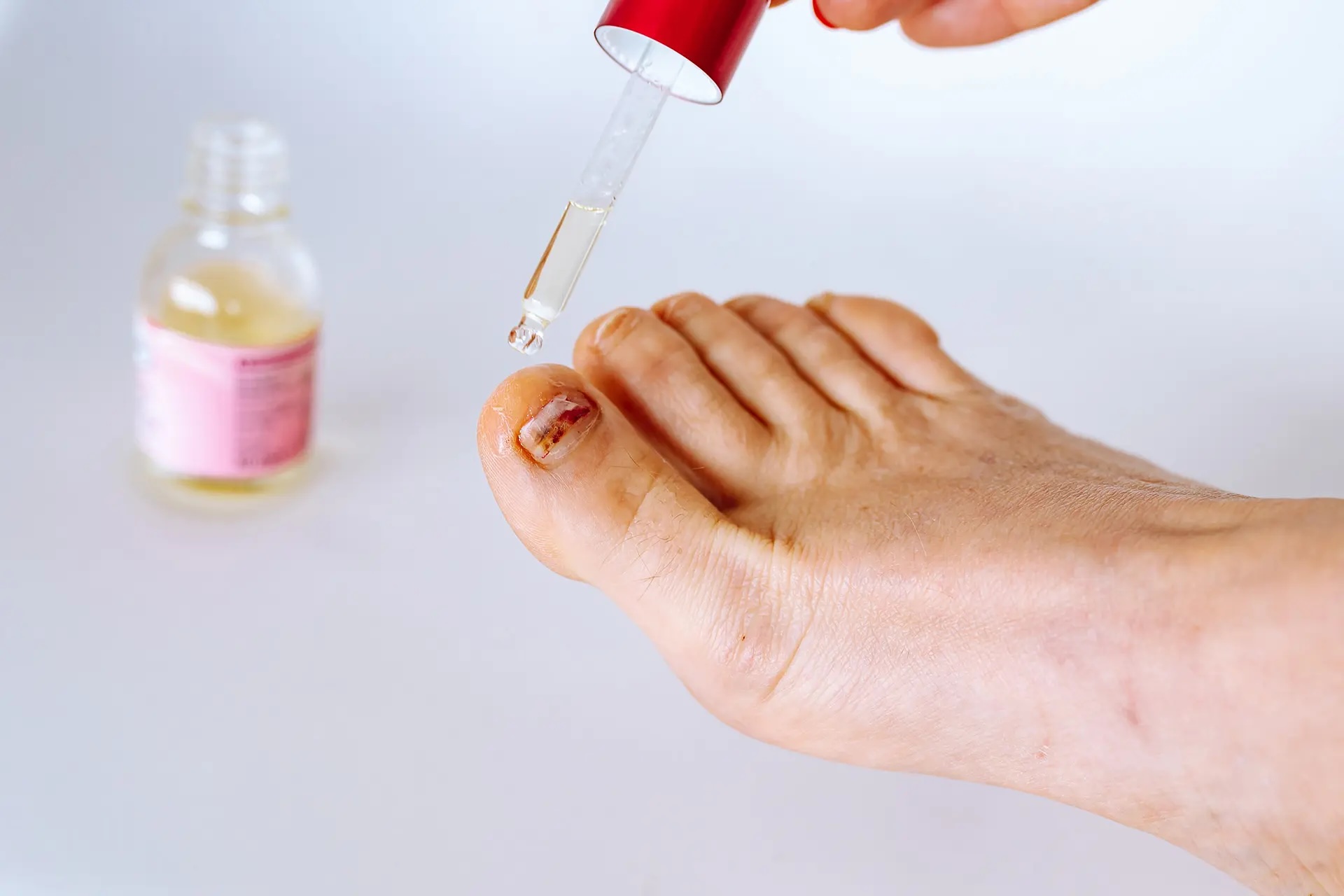
Why Suanfix Spirulina Cream Is Different
Among our preferred interventions for fungal nail infections is Suanfix Spirulina cream, a natural formulation with anti-fungal, anti-inflammatory and tissue-repairing properties. Spirulina, a nutrient-rich alga, is known for its antimicrobial properties and cell regeneration.
When applied after a medical pedicure, this powerful nail fungal infection cream can reach deeper into the affected areas, making it an effective nail fungus solution by targeting the infection at the source. Unlike conventional fungal nail infection treatments, it has no harsh chemicals and is gentle on the surrounding skin, making it safe for long-term use. This is particularly important for patients with infected nails, as it ensures proper care without causing further irritation.
As part of a comprehensive care plan, Suanfix Spirulina cream supports the clearance of fungal infections and the restoration of a healthy nail appearance – important aspects for many of our patients.
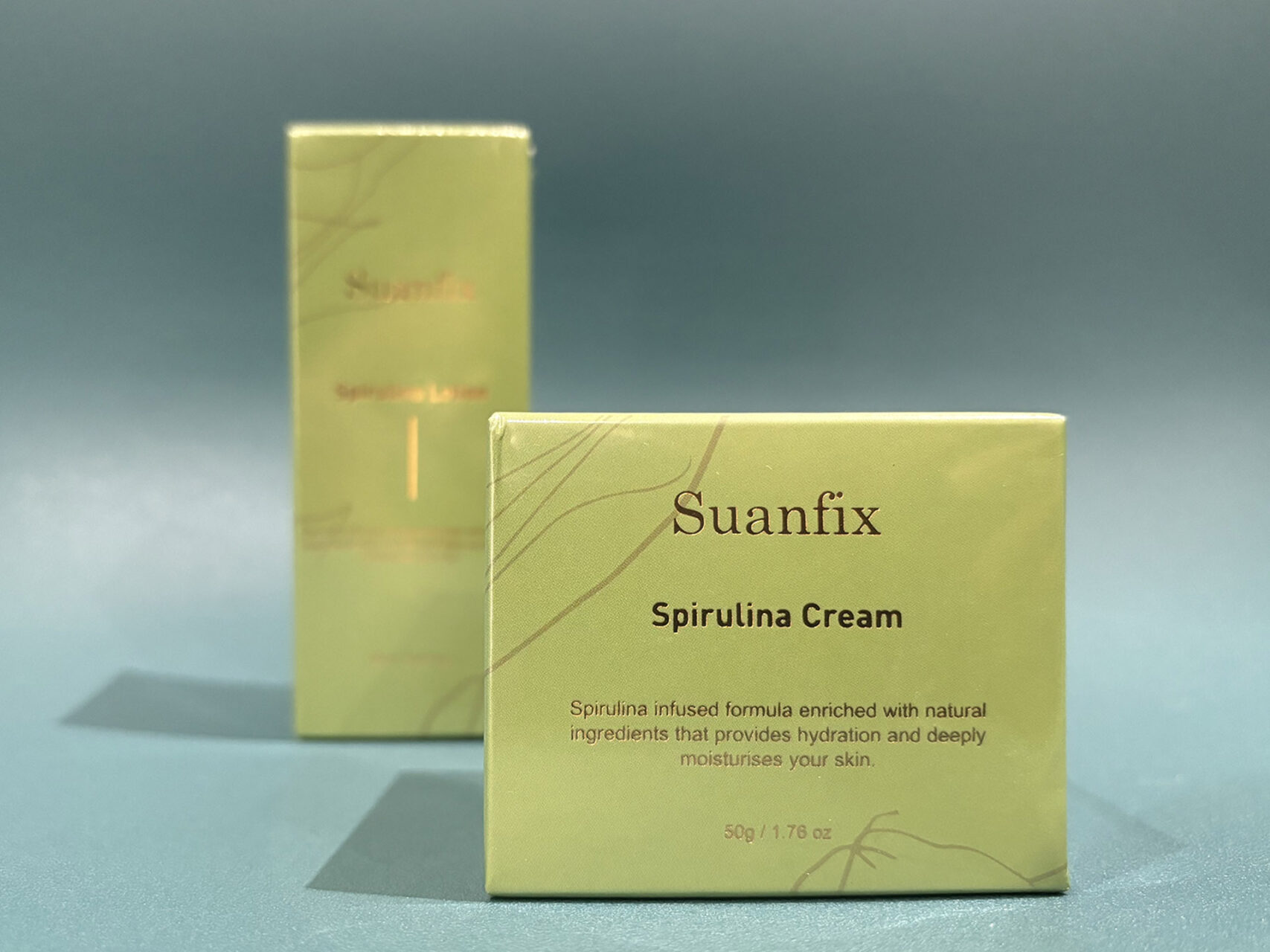
The Medical Pedicure
The Foot Practice’s medical pedicure is not a standard cosmetic foot treatment. It is a clinical procedure that trained podiatry professionals perform using sterile instruments in a hygienic environment. This service focuses on the health of the nails and skin, not aesthetics alone.
During a medical pedicure, the thickness of the nail is carefully reduced using properly sterilised special burrs, infected tissue is debrided and debris under the nail plate is removed. This process allows better penetration of topical products to the site of infection. Nail clippings can also be examined microscopically to diagnose fungal infections under the nail, ensuring a holistic approach to foot health. This improves the nail’s appearance and lays the foundation for a more effective and lasting recovery, especially when used with nail fungal infection cream Suanfix Spirulina.
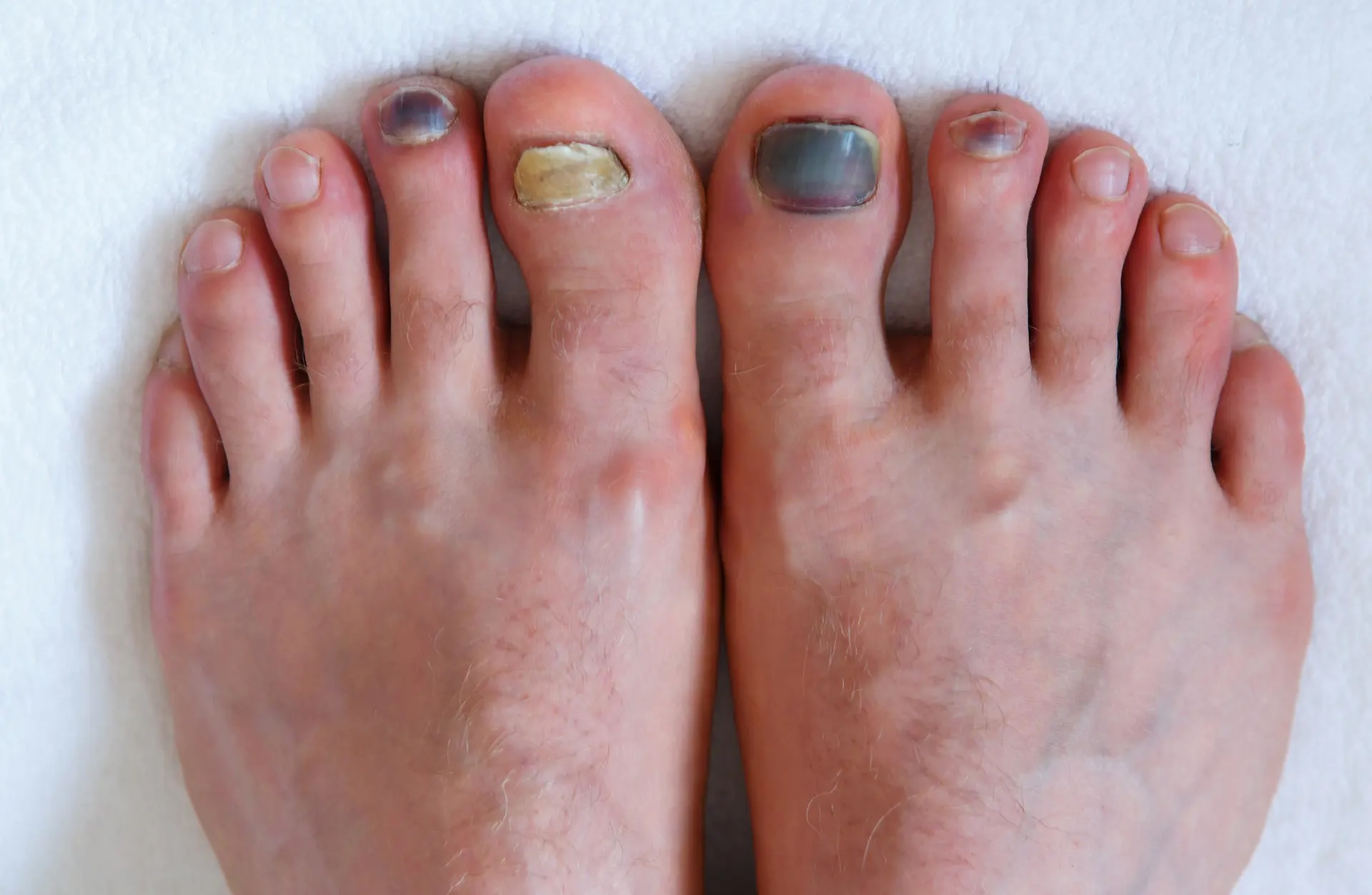
Managing Fungal Nails
Fungal nail infections require a comprehensive approach, including diagnosis, treatment and prevention. The first step is to see a healthcare professional, such as a podiatrist or dermatologist, who can diagnose the condition and recommend the best treatment. Treatment options for onychomycosis include topical, oral and laser therapy.
Topical medications are applied directly to the affected nail and can be effective for mild cases. Oral medications, taken by mouth, are often more effective for severe infections but come with side effects. Laser therapy is a newer option that uses targeted light to kill the fungal organisms causing the infection.
It’s important to note that treating fungal nail infections can be challenging and may take several months to a year for significant improvement. To prevent recurrence, practice good foot hygiene, wear well-fitting shoes, and avoid walking barefoot in public areas.
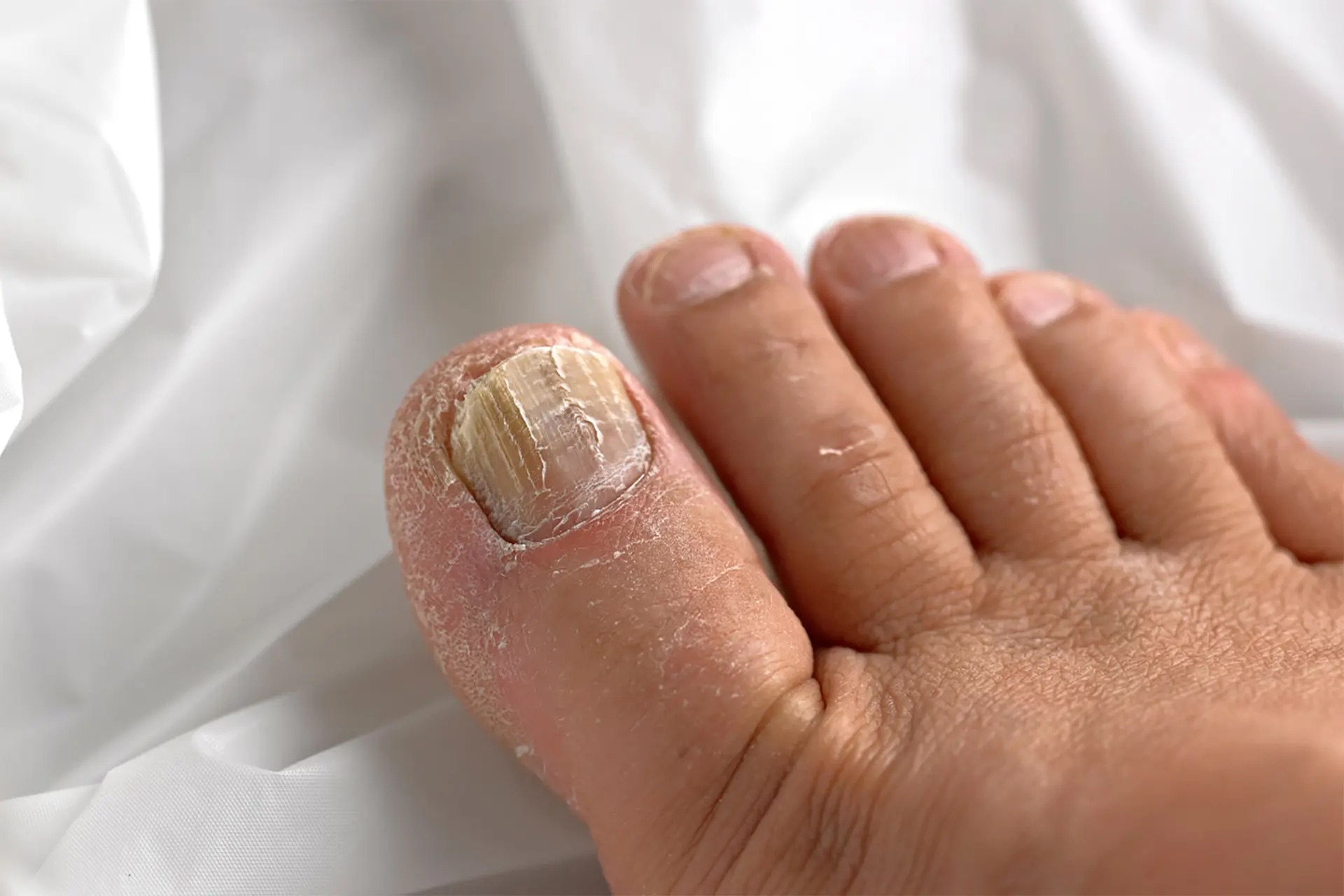
Prevention Is Part of the Plan
While managing the infection is important, preventing recurrence is just as important. Once a fungal nail infection has been cleared, maintaining good foot hygiene and making smart footwear choices are key. Moisture-wicking socks, breathable shoes, keeping nails short and daily cleansing and drying are all part of the aftercare education at The Foot Practice.
We also assess your gait and footwear as part of our assessment. Tight or ill-fitting shoes can cause microtrauma that invites reinfection.
Disposing of old shoes is also recommended to prevent infections such as athlete’s foot. If structural foot issues are present, such as excessive pronation or toe deformities, we may recommend orthotic solutions to reduce pressure on vulnerable areas of the foot.
This multi-layered approach clears the infection and safeguards your long-term foot health.
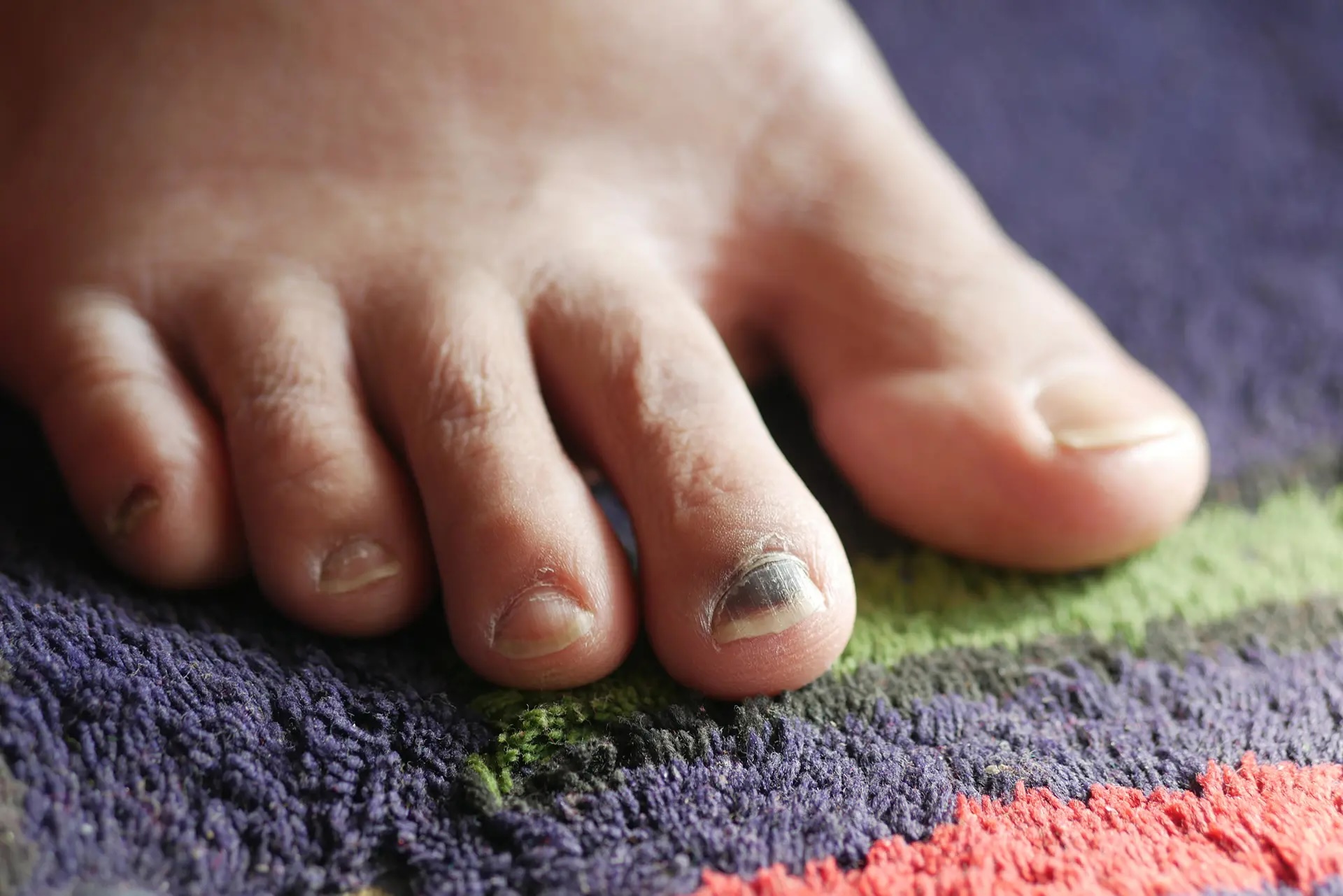
Podiatry That Looks Beyond the Nail
What sets podiatric care apart is the attention to detail and the broader perspective on foot and nail health. Fungal nail infections don’t exist in isolation; they’re often symptoms of an underlying issue or a compromised skin barrier.
At The Foot Practice, we treat the whole foot, not just the visible infection. Our experienced team assesses skin integrity, circulation, nail structure, nail disorders, and even walking patterns. This holistic approach allows us to identify why the fungal infection developed in the first place and implement measures to prevent it from coming back.
By addressing the root causes – from mechanical trauma to environmental factors – we empower you to recover and maintain healthy, resilient feet for the long term. Untreated fungal infections can lead to more severe conditions like foot rot (tinea pedis), a bacterial infection that develops on top of the fungal infection, potentially resulting in severe symptoms such as bleeding and open wounds. Proper management is key to avoiding such complications.
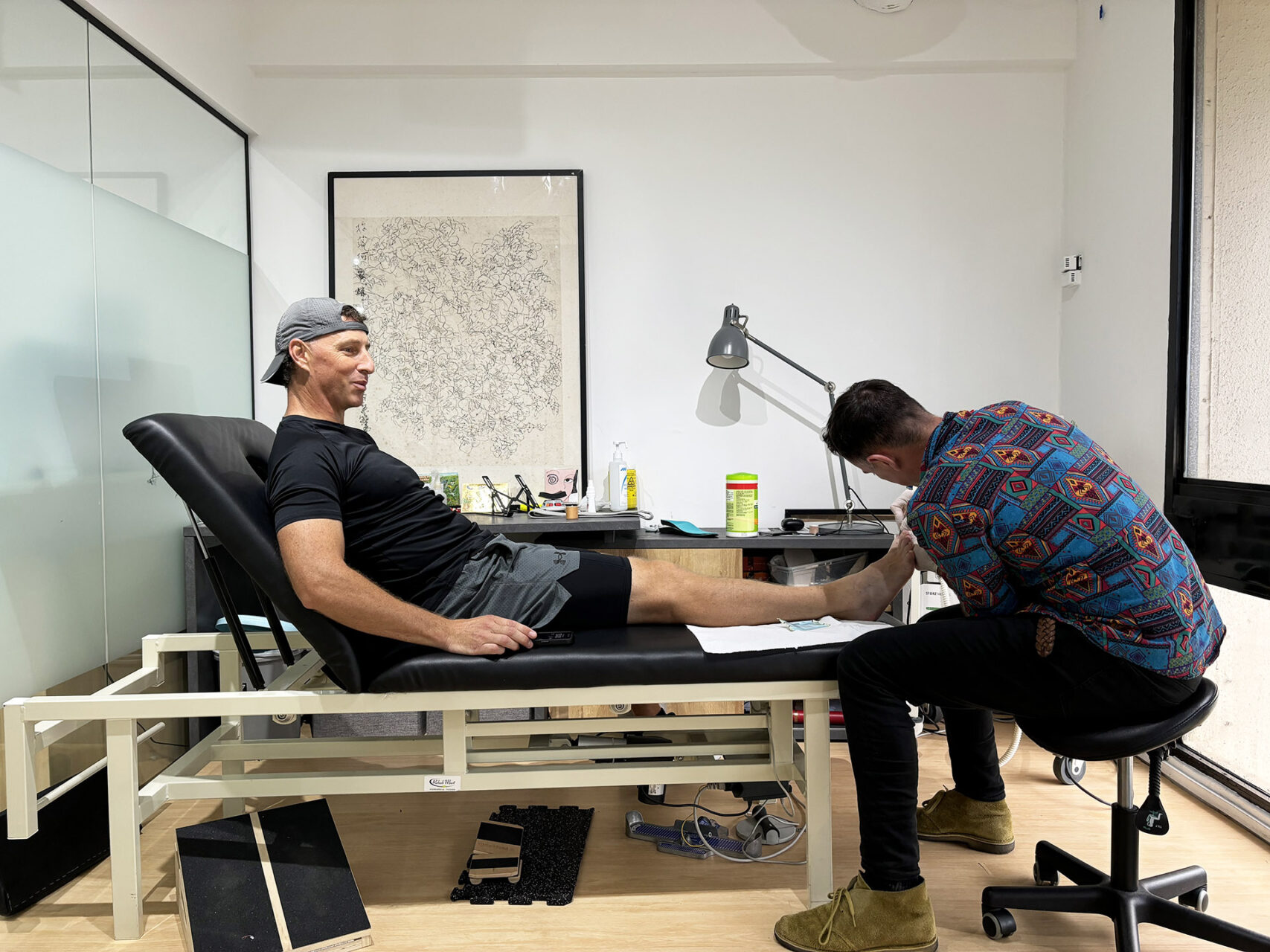
When to Seek Help
If you’ve noticed thickening, discolouration or crumbling in one or more toenails – or if a fungal infection under the nail seems to be spreading – don’t wait for it to get worse. Early intervention significantly increases the success of any onychomycosis treatment, especially when combined with professional podiatric care.
Many of our patients arrive after months (or even years) of frustration, having tried multiple unsuccessful solutions. The good news is it’s never too late to start a clinically guided, evidence-based recovery plan tailored to your specific needs. Sometimes, a minor procedure may be required to remove badly infected nails while the affected area is numbed using a local anaesthetic.
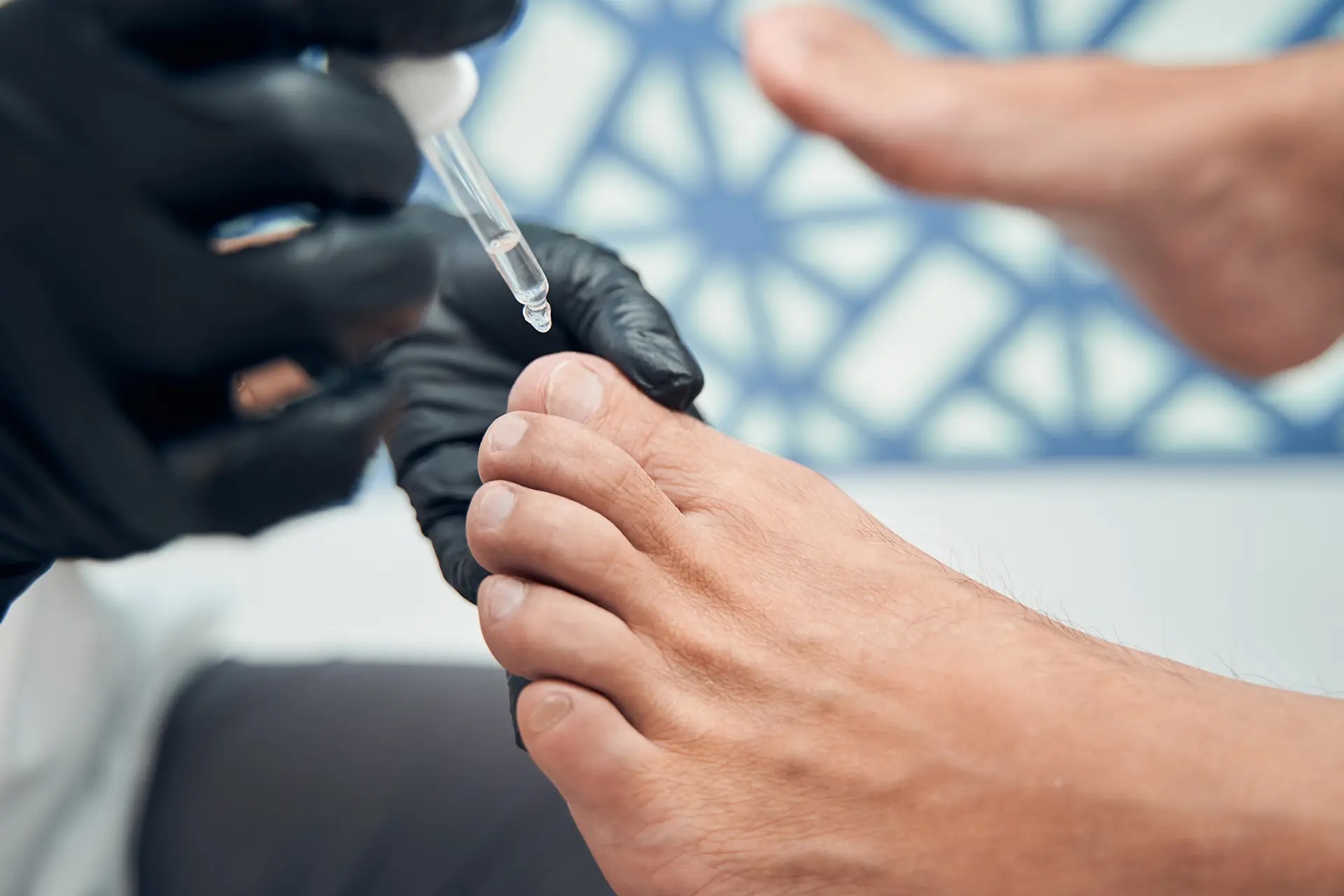
Outcome and Prognosis
The outcome and prognosis of fungal nail infections depend on several factors, including the severity of the infection, the effectiveness of the treatment and the individual’s overall health. Mild cases can often be treated with topical or oral medication, while more severe infections may require laser therapy or a combination of interventions.
It’s important to understand that onychomycosis can recur without proper preventative measures. To prevent recurrence, maintain good foot hygiene, wear clean socks and don’t share nail clippers or other personal care items. Individuals with weakened immune systems, such as those with diabetes or undergoing chemotherapy, may be more susceptible to fungal nail infections and may require more aggressive solutions..
Following a comprehensive management plan and taking preventative measures can improve the outcome and reduce the risk of recurrence.
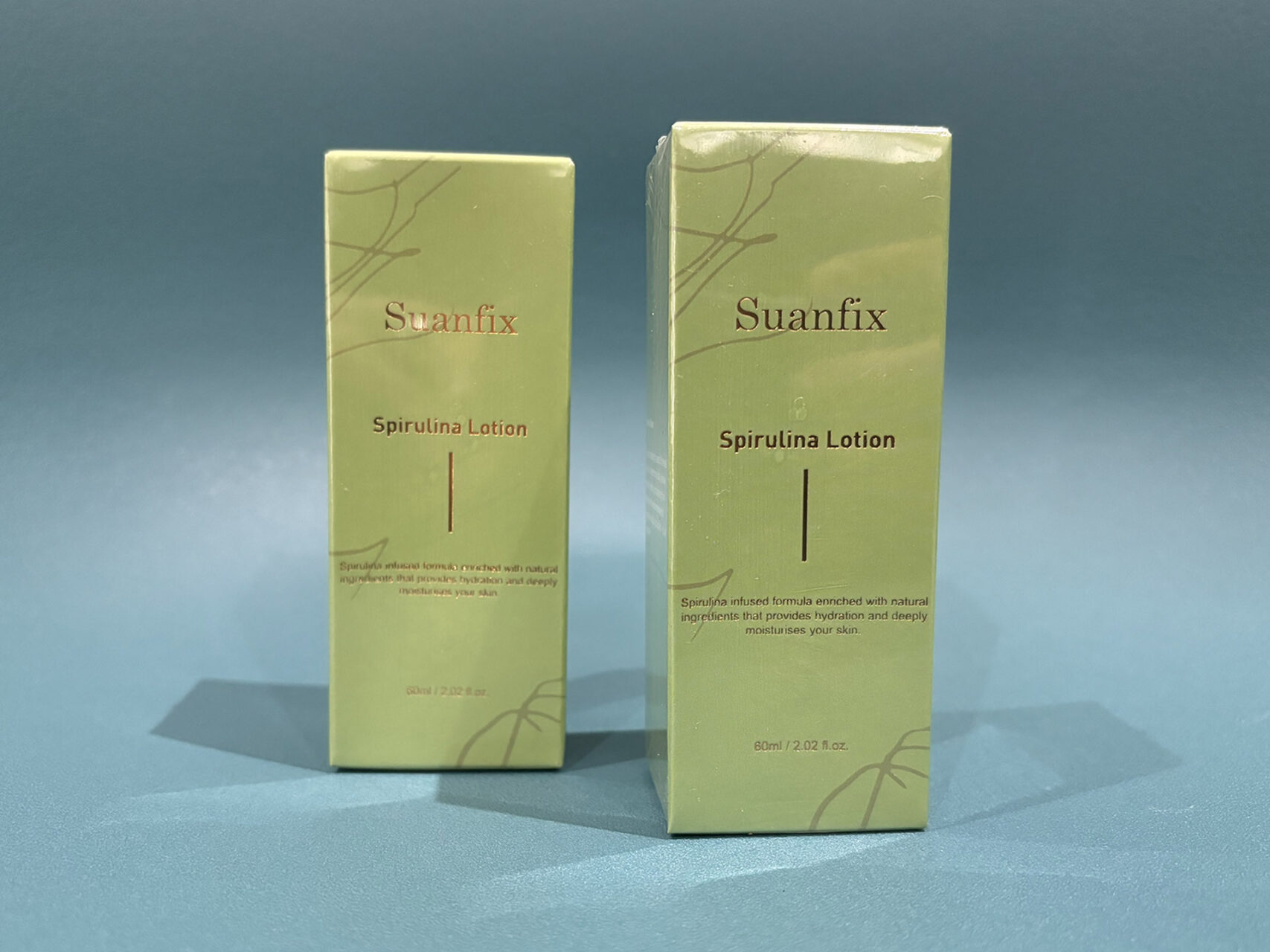
Take the First Step to Healthier Nails
If you’re struggling with a fungal nail infection, there’s no need to feel self-conscious or frustrated by slow or ineffective over-the-counter remedies. At The Foot Practice, we combine the science of podiatry with innovative natural therapies, like Suanfix Spirulina cream and medical pedicures, to offer the best solutions and a patient-centred path to healing.
We know how persistent fungal infections can affect your confidence and quality of life. That’s why we focus on results beyond symptom control, restoring the nail’s appearance, structural integrity and health.
Make an appointment today at The Foot Practice if you’re struggling with a fungal nail infection.
FAQs Fungal Nail Infection Solution
Can trauma to the nail make fungal infections harder to treat?
Yes. Previous trauma, such as repeated stubbing, poorly fitting footwear, or nail damage from sports, can create microscopic cracks in the nail plate or nail bed, allowing fungi to take hold more easily. Damaged nails also grow irregularly, making it harder for topical treatments to penetrate evenly, increasing the likelihood of reinfection. In such cases, podiatric debridement and protective orthotic interventions may be necessary to support recovery and prevent recurrence.
Why do fungal infections keep coming back even after treatment?
Reinfection is often linked to environmental or biomechanical factors that haven’t been addressed, such as damp footwear, skin barrier breakdown, or high-pressure points in the forefoot. If the fungal spores remain in your shoes or on surrounding skin (e.g. untreated athlete’s foot), or if poor foot mechanics continue to cause nail trauma, the infection is likely to recur. A holistic podiatric approach is essential, including footwear assessment, nail care and preventive hygiene.
Does a fungal infection under the nail affect the nail matrix?
In advanced or long-standing infections, the fungal invasion can reach the nail matrix, the tissue responsible for generating new nail growth. When this happens, the nail may grow back with permanent ridges, thickening, or discolouration, even after the infection is cleared. Early and targeted podiatric care helps protect the nail matrix and maintain the nail’s structural integrity over the long term.
How quickly can Suanfix kill nail fungus?
In clinical studies, the naturally derived nail fungal infection cream has been shown to eliminate fungi within 90 days. As each infection differs, the time and efficacy may vary from person to person.
Do fungal nail infections ever go away without treatment?
It is almost improbable that nail and toenail fungal infections will disappear without proper treatment.
What happens to my infected nails if I don’t get treatment?
If left untreated, a fungal infection will worsen and rarely ever get better on its own. The disease will spread throughout the nail, nail bed and skin. In some cases, the nail may even fall out. For people with chronic conditions, fungal nail infections may develop into more severe complications, such as foot ulcers in people with diabetes.


